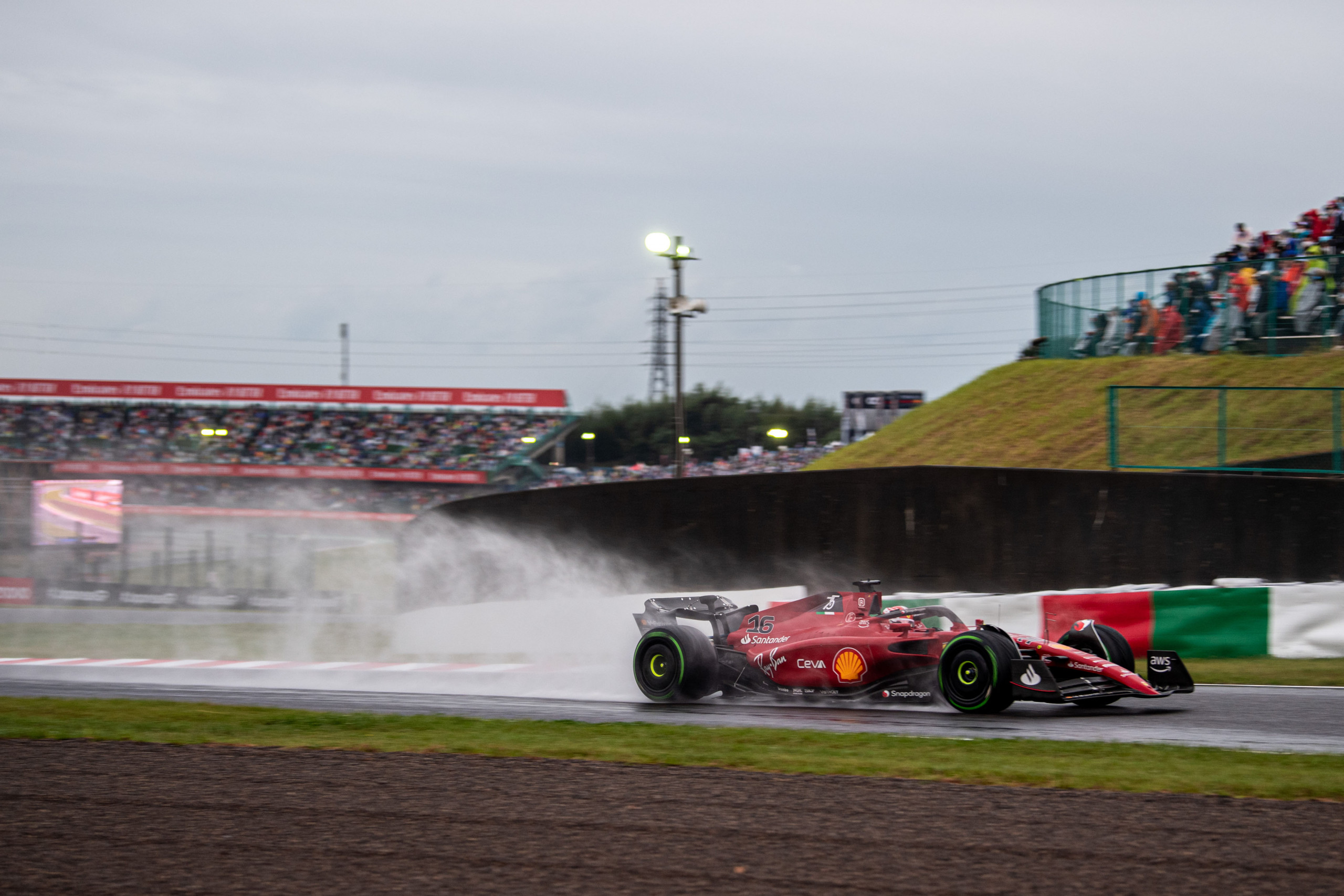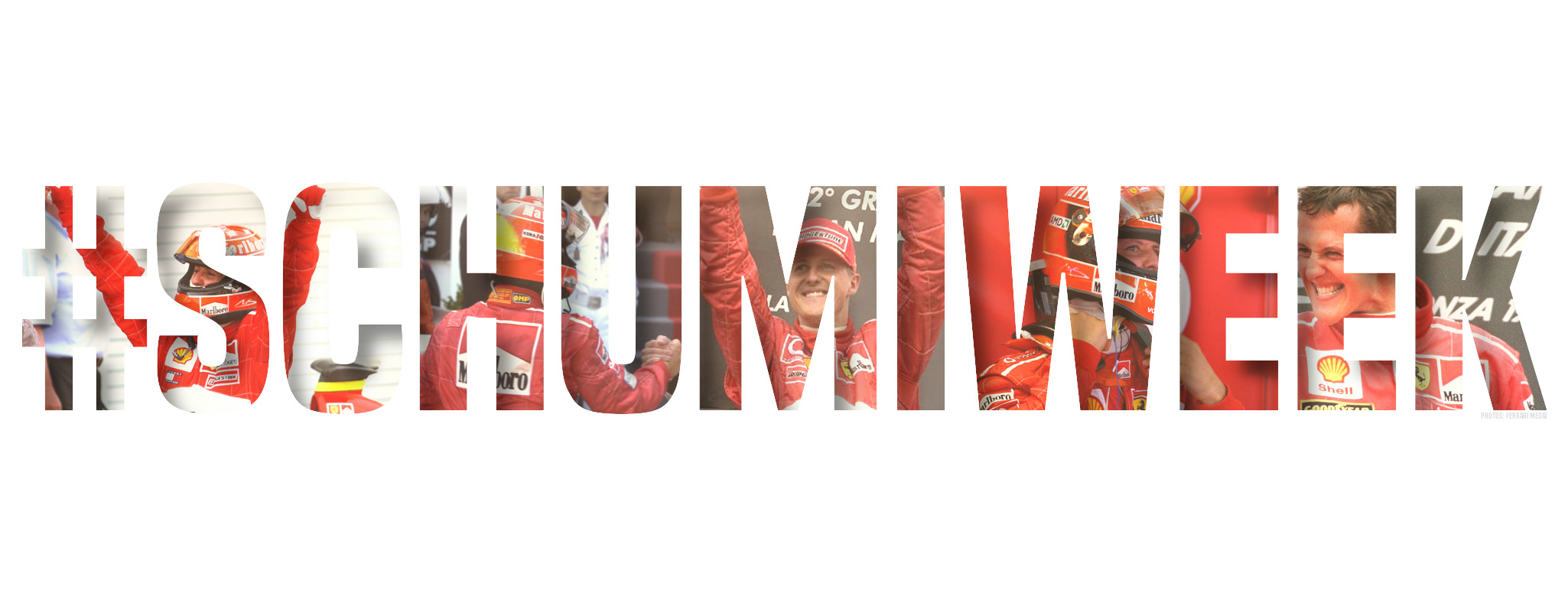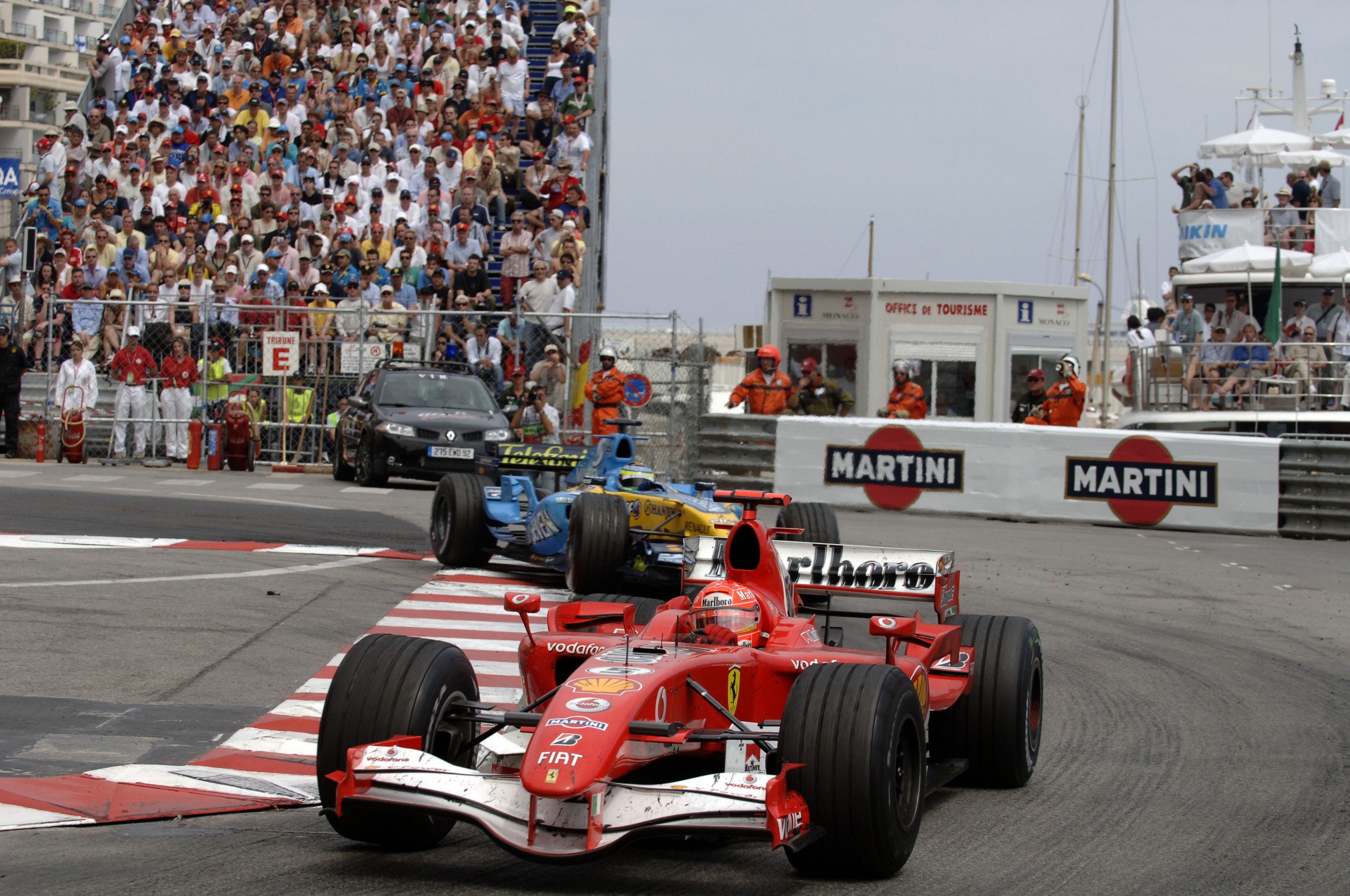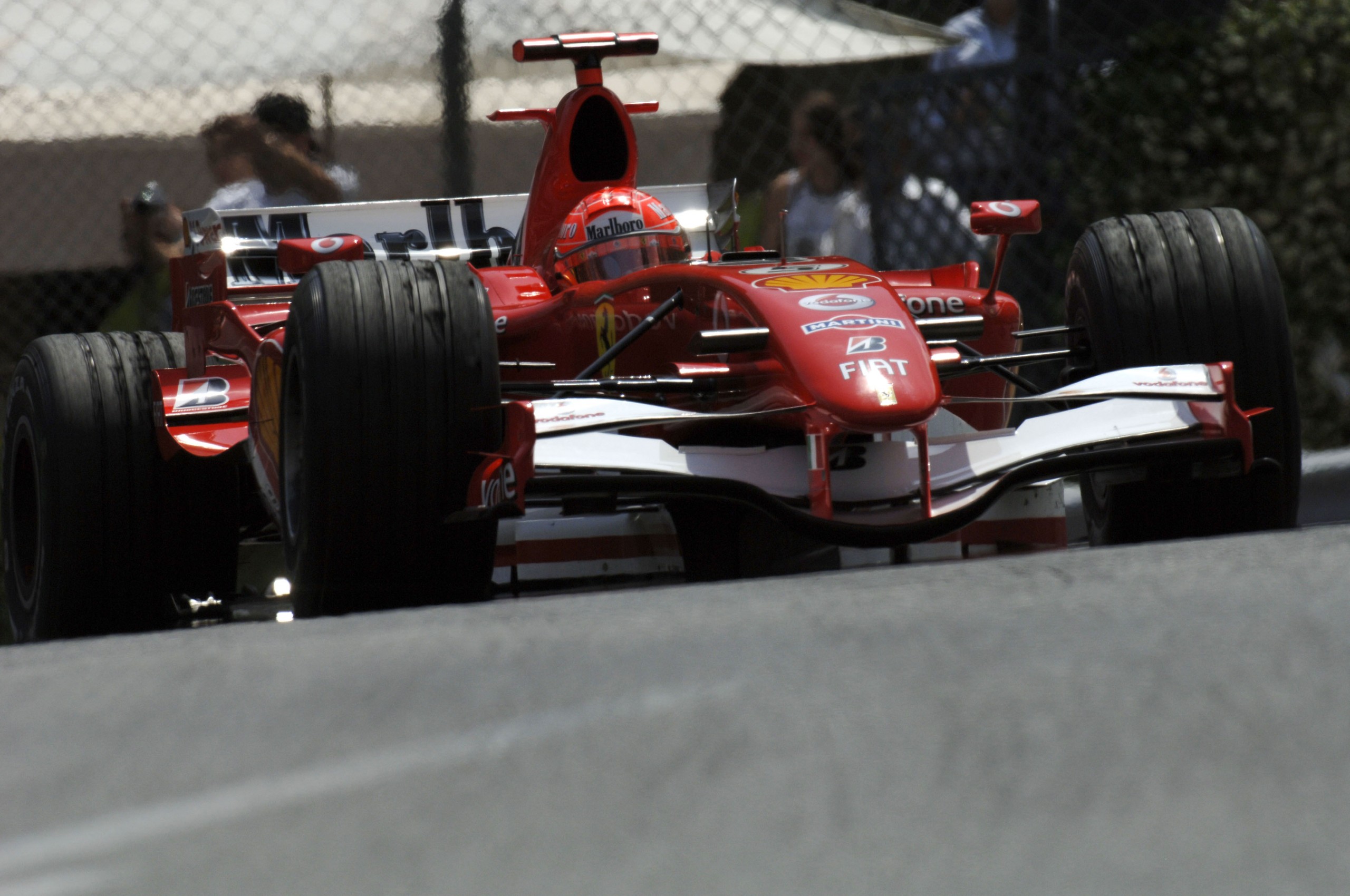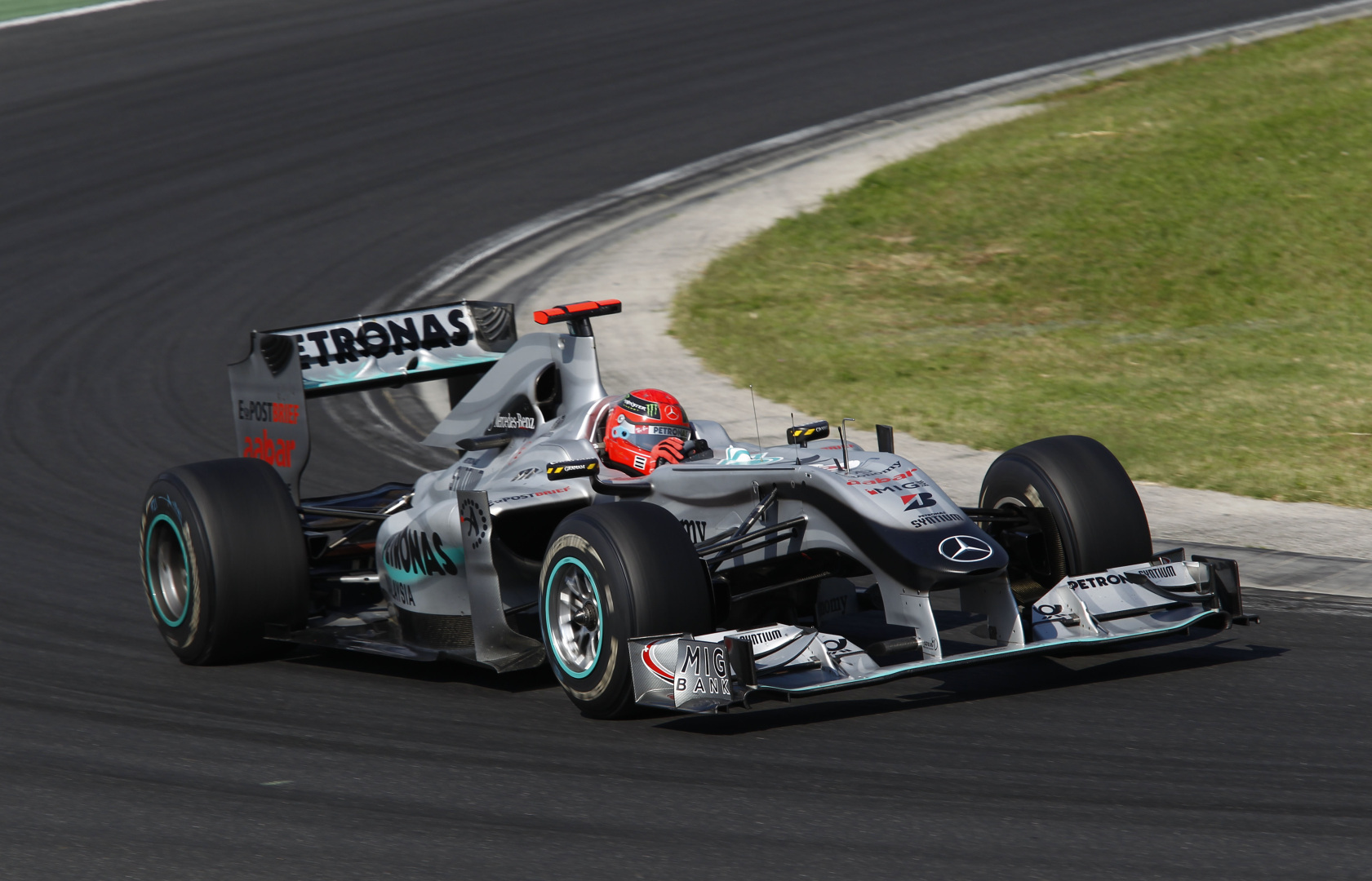Max Verstappen cruised to victory at Suzuka to take his twelfth victory of the season and his second world championship, in bizarre circumstances after a late-race penalty for Charles Leclerc.
A mistake from Leclerc at the final chicane led to a five-second penalty for the Ferrari driver, dropping him behind Sergio Perez, which when combined with a confusing quirk in the regulations, secured Verstappen his second successive title. For the second week in a row, the race was time-limited, finishing after 28 of the scheduled 53 laps due to an extended red flag period early on due to torrential rain. The way the championship was decided, plus other incidents throughout the race will once again raise questions about the FIA’s running of the championship.
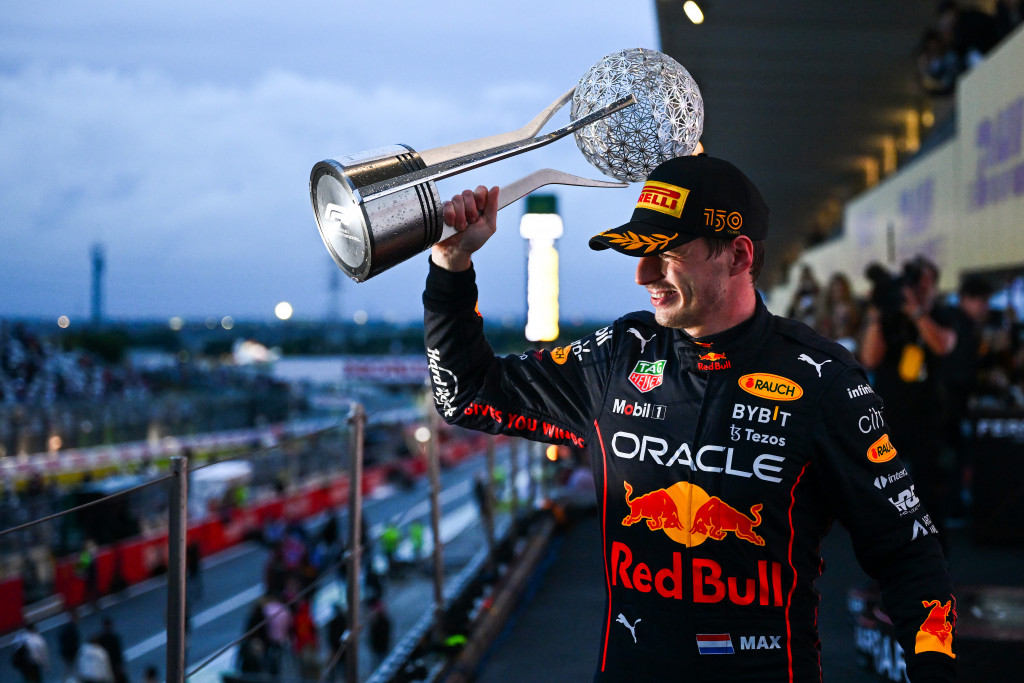
All the drivers started on intermediate tyres, in conditions which were arguably more suited to the full wet tyres. Leclerc was initially able to challenge Verstappen into turn one, but the Red Bull swept around the outside to retain the lead. Further back, Sebastian Vettel collided with Fernando Alonso, sending the Aston Martin driver plummeting down the field.
Conditions were extremely treacherous at this point, and Carlos Sainz was caught out in dramatic fashion, crashing heavily at the entry to turn twelve. He was lucky not to be collected by the field, with Lewis Hamilton coming inches away from striking the stricken Ferrari. Further back, Zhou Guanyu had a spin and was able to continue, with Alex Albon retiring with a power unit problem.
The Safety Car was deployed, and unsurprisingly the race was red flagged on lap two as conditions worsened. Pierre Gasly had to make a pitstop after collecting an advertising hoarding on his car, and was catching the pack when he came frighteningly close to hitting a tractor, which had been released onto the circuit to collect Sainz’s car. Questions will surely be asked about how this was allowed to happen, with Gasly still travelling around at speed to catch the end of the train.
This led to a two-hour stoppage with the race resuming at 16:15 local time, although the FIA originally planned to restart at 14:50 local time, before calling this off less than 2 minutes before the cars were meant to head out on circuit. Once they did finally resume, it was clear that the full wet tyres wouldn’t be needed for much longer, and as the safety car came in after three laps, Vettel and Nicholas Latifi followed it down the pitlane to change to intermediate tyres, and were instantly the fastest cars in the field, with 40 minutes of racing action left.
All the field eventually changed to the intermediate tyres, with Mick Schumacher being the last to change, as his Haas team gambled on a safety car or on the rain returning – a move which could have potentially put them on the podium if successful – but led to the young German cast adrift of the field in last place. Verstappen and Leclerc were comfortably ahead of the field at this point, and initially continued to pull away.
In the difficult conditions, overtaking opportunities were always going to be hard to come by. Lewis Hamilton spent the entire race stuck behind Esteban Ocon, with his Mercedes not having enough straight-line speed to be able to comfortably make the move. His teammate was finding things easier however, pulling off some sublime moves around the outside at the Esses to work his way up to eighth place, after dropping places in the pit stop period.
At the front, Verstappen was pulling away from Leclerc at a rate of one second per lap, with the Ferrari struggling badly for understeer as the intermediates wore out, which allowed Perez to close onto the rear of Leclerc. This was a problem for many across the field, and became acutely clear when Zhou pitted for fresh tyres and immediately set the fastest lap. Others reacted to this and came in for fresh tyres, most notably Fernando Alonso, who dropped from seventh to tenth with eight minutes remaining.
Alonso was soon ahead of Lando Norris and Latifi, and dispatched Russell with one lap to go. Soon he was on the back of Vettel, with the two drag racing across the line as Vettel came out on top by 0.011s.
Out in front, Verstappen cruised across the line, over 25 seconds clear of the pack after 28 laps. It looked as though Leclerc had held on for second, before a costly mistake at the final chicane forced him to cut the corner, as he barely held on across the line from Perez. However, he was adjudged to have gained an advantage from this, dropping him behind Perez and into third, and giving Red Bull their fifth 1-2 of the season. The rest of the points finishers were Ocon, Hamilton, Vettel, Alonso, Russell, Latifi and Norris.
This is where the confusion began. After the Spa debacle of 2021, the rules regarding points in suspended races were changed. Under the previous rules, any race where between 2 laps and 75% of laps are completed, half points would be awarded. Many people interpreted the new rules as giving Verstappen 19 points for the win (having completed between 50-75% of the full race distance), with Perez getting 14 and Leclerc getting 12. However, these rules now only apply to races which are suspended and not resumed, meaning full points were awarded at Suzuka, putting Verstappen 113 points clear with 112 remaining, and securing the championship for the Dutchman. Given that this rule therefore means it is possible to have a three-lap race and give full points, it would only be sensible for this to be looked at.
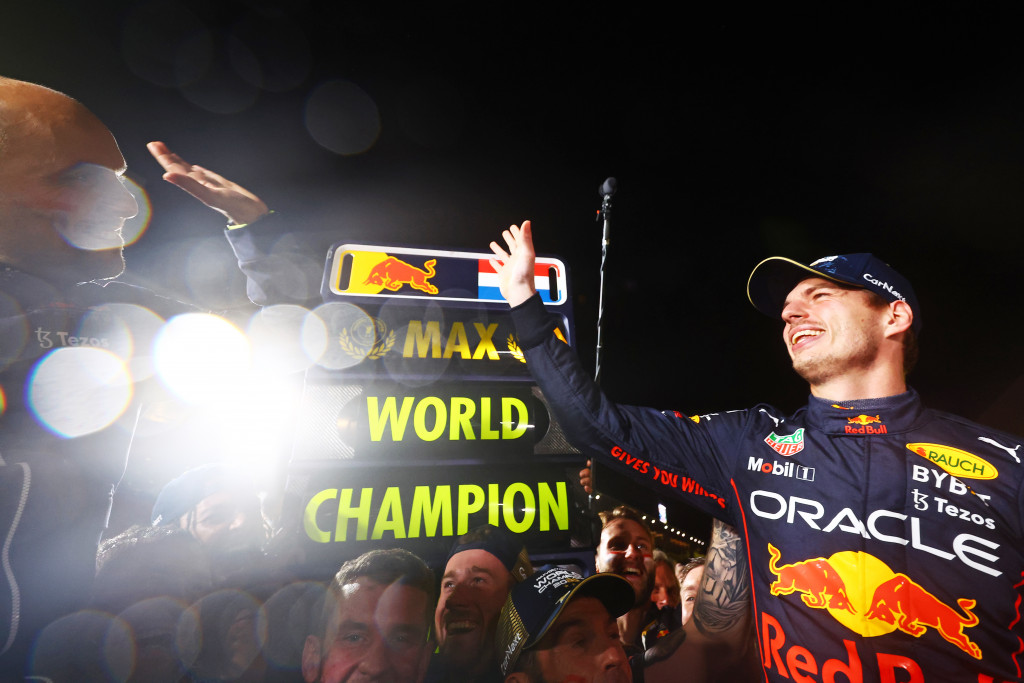
It had looked for a while as though it was always going to be when Max secured the title, not if, given his dominance of the season so far. With four races to go, he is just one behind Vettel and Michael Schumacher’s record of 13 wins in a season, with the RB18’s fourteenth win making it Adrian Newey’s most successful car yet. Once again though, it is under controversial circumstances for Max, given the points confusion and the looming cost-cap report. With regulations remaining largely stable however until 2026, there is a huge possibility that Verstappen will claim a straightforward championship sooner rather than later.
